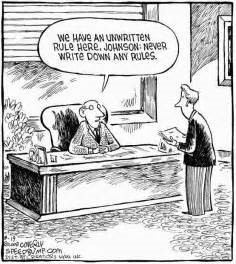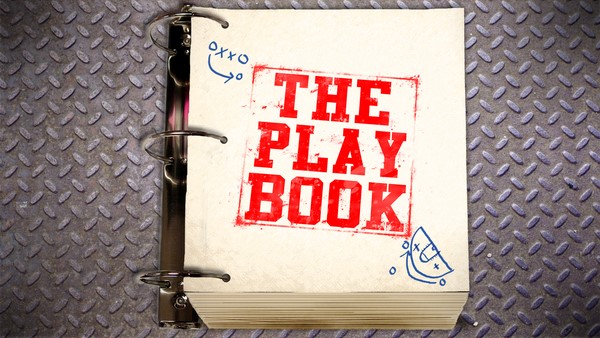In the fourth post in our series on organization culture, we look at how to design and execute a successful culture change. Previous posts addressed the risks associated with toxic culture, defining culture, and the impact of toxic people have on culture.
 Culture develops by default or by design. Culture represents the rules by which an organization makes decisions every day. Changing those rules requires first understanding what those rules are and what the new rules will be. If culture develops by default, those rules are unwritten and there may be conflicting “rules” within the organization. Most corporate leaders want to control their culture, but they are typically puzzled by the challenge.
Culture develops by default or by design. Culture represents the rules by which an organization makes decisions every day. Changing those rules requires first understanding what those rules are and what the new rules will be. If culture develops by default, those rules are unwritten and there may be conflicting “rules” within the organization. Most corporate leaders want to control their culture, but they are typically puzzled by the challenge.
According to Jeff Weiner, CEO of LinkedIn, changing culture is the single most difficult thing to do in a company. Jeff said changing culture requires patience, managing expectations and establishing trust. He mentioned an old friend of his repeatedly said that “trust equals consistency over time”, a powerful concept!
I totally agree with Jeff’s comments but I wanted to share some additional insights that would be helpful to executive teams who ask “How do we design a culture? What do we actually DO???”
Since most CEO’s or other top executives want to design their culture, the following steps will increase their odds of success:
- Develop a Playbook for how the organization will operate in the future. Think of
 a sports playbook with very detailed narratives (work processes in the business world), team movements and behaviors among themselves, the opposing team, the fans and the community (interactions of your organization with customers and competitors), statistics (indicators of success or not), and lastly values, which are the most powerful of all.
a sports playbook with very detailed narratives (work processes in the business world), team movements and behaviors among themselves, the opposing team, the fans and the community (interactions of your organization with customers and competitors), statistics (indicators of success or not), and lastly values, which are the most powerful of all. - Communicate the Playbook to ensure understanding with every team member. You can imagine what one team member not knowing the play can do to the team – not playing together, not getting along, and of course, losing to the opponent…Such communication equates to the management of expectations that Jeff mentioned. Communication is not telling people, but engaging and ensuring everyone understands their new way of behaving. We typically ask what are you going to start doing differently (that is easy), what are you going to continue doing (that is even easier), and what are you going to stop doing (that is very hard).
- Make decisions based on the Playbook – consistently, visibly, and ensuring everyone understands why those decisions were made. Ultimately, you want everyone to be consistently making the same decisions you would because they are using the same Playbook!
One global client wanted to transition their business model and culture from products to services. With a product orientation, decisions were focused on new product innovations as well as how to sell more products. With a services orientation, the focus was on the customer experience and customer satisfaction – a significant, dramatic cultural shift for literally everyone in the organization. The company needed to partner with customers to implement solutions and demonstrate visible quality and a trusted advisor role with customers globally. Decisions were now around how to create value and business results from the company’s solutions (rather than “pushing” products and hoping the customer knew how to make them work well). The entire transition took 2 ½ - 3 years, which was ahead of the 4 year timeframe estimated.
It may take 2-4 years to be where you ultimately want to be, so that is where the patience aspect comes into play. Helpful hint to expedite progress – change the incentive and rewards system. Sales organizations do it all the time, and it works on other parts of the organization too!
We look forward to discussing this and other topics with you when you are ready. Please use the link below to contact us or leave a comment.





